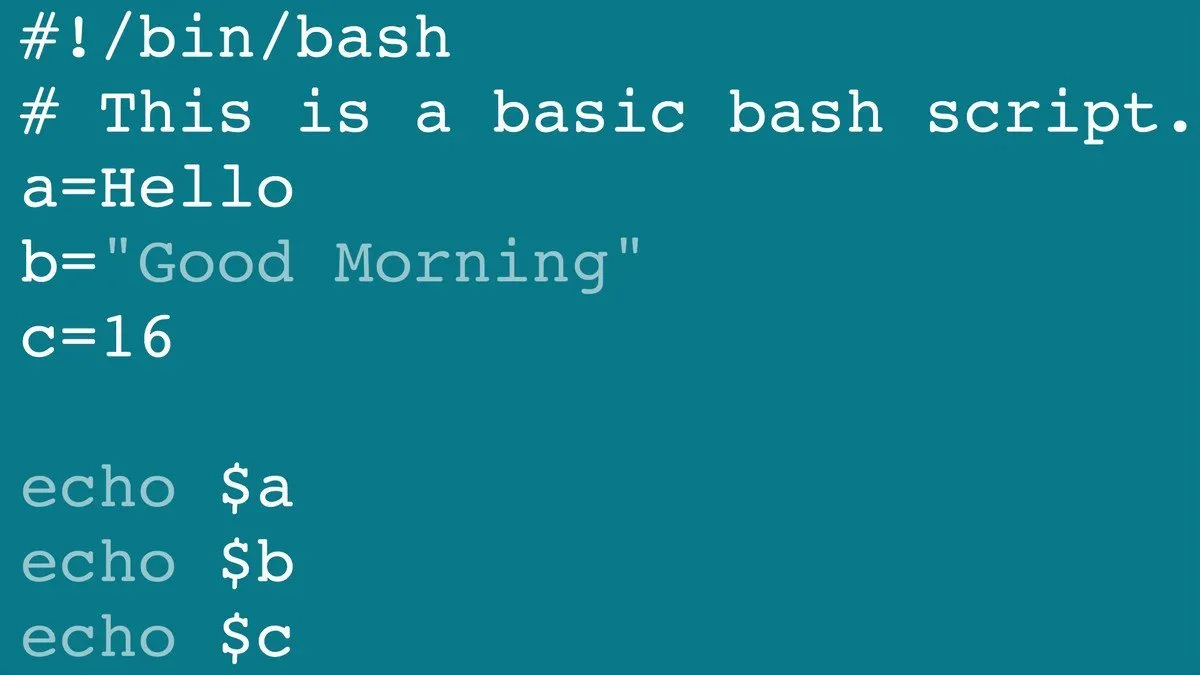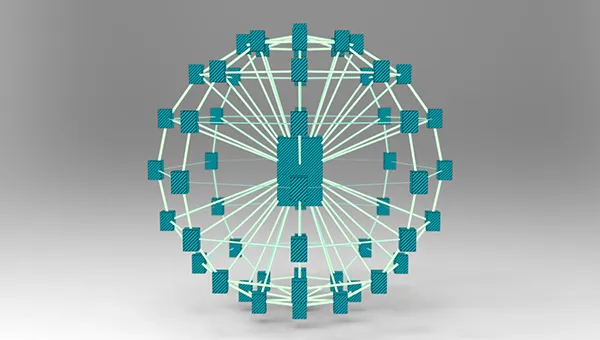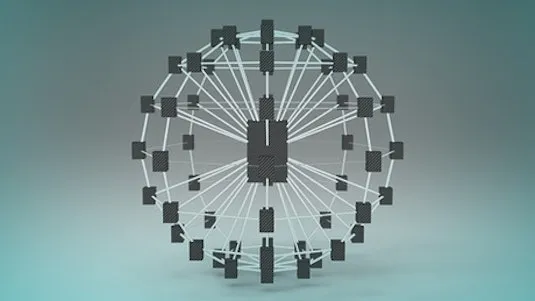
Developing FPGA-accelerated cloud applications with SDAccel: Practice 
This course provides an introduction to developing FPGA-accelerated applications with SDAccel, enabling learners to gain the skills necessary to create cloud-based applications. It is ideal for those passionate about learning the fundamentals of FPGA-accelerated development. ▼
ADVERTISEMENT
Course Feature
![]() Cost:
Cost:
Free
![]() Provider:
Provider:
Coursera
![]() Certificate:
Certificate:
No Information
![]() Language:
Language:
English
![]() Start Date:
Start Date:
Self Paced
Course Overview
❗The content presented here is sourced directly from Coursera platform. For comprehensive course details, including enrollment information, simply click on the 'Go to class' link on our website.
Updated in [March 06th, 2023]
This course provides an overview of developing FPGA-accelerated cloud applications with SDAccel. It begins with an introduction to cloud infrastructure and a few definitions of cloud computing. It then covers reconfigurable acceleration in the cloud, including Intel FPGA-based solutions, Xilinx FPGA-based solutions, and a look at the past and future of reconfigurable acceleration in the cloud. Finally, the course provides an introduction to the AWS EC2 F1 instances.
[Applications]
After completing this course, participants can apply their knowledge to develop FPGA-accelerated cloud applications with SDAccel. They can use the cloud infrastructure to deploy their applications and take advantage of the reconfigurable acceleration provided by Intel and Xilinx FPGA-based solutions. Additionally, they can use the AWS EC2 F1 instances to further explore the possibilities of FPGA-accelerated cloud applications.
[Career Paths]
1. Cloud Computing Engineer: Cloud Computing Engineers are responsible for designing, developing, and maintaining cloud-based systems. They must be knowledgeable in cloud computing technologies, such as virtualization, distributed computing, and storage. They must also be able to develop and maintain cloud-based applications and services. As cloud computing continues to grow in popularity, the demand for Cloud Computing Engineers is expected to increase.
2. FPGA Engineer: FPGA Engineers are responsible for designing, developing, and maintaining FPGA-based systems. They must be knowledgeable in FPGA technologies, such as hardware design, software development, and system integration. They must also be able to develop and maintain FPGA-based applications and services. As FPGA technology continues to evolve, the demand for FPGA Engineers is expected to increase.
3. Cloud Security Engineer: Cloud Security Engineers are responsible for designing, developing, and maintaining secure cloud-based systems. They must be knowledgeable in cloud security technologies, such as encryption, authentication, and access control. They must also be able to develop and maintain secure cloud-based applications and services. As cloud security continues to become more important, the demand for Cloud Security Engineers is expected to increase.
4. SDAccel Developer: SDAccel Developers are responsible for designing, developing, and maintaining applications using the SDAccel development environment. They must be knowledgeable in SDAccel technologies, such as hardware design, software development, and system integration. They must also be able to develop and maintain applications using the SDAccel development environment. As SDAccel continues to become more popular, the demand for SDAccel Developers is expected to increase.
[Education Paths]
1. Bachelor of Science in Computer Science: This degree path focuses on the fundamentals of computer science, including programming, software engineering, and computer architecture. It also covers topics such as artificial intelligence, machine learning, and data science. As cloud computing continues to grow in popularity, this degree path is becoming increasingly important for those looking to develop cloud applications.
2. Master of Science in Cloud Computing: This degree path focuses on the development of cloud applications and services. It covers topics such as cloud architecture, cloud security, cloud storage, and cloud computing platforms. It also covers topics such as distributed computing, big data, and analytics. As cloud computing continues to evolve, this degree path is becoming increasingly important for those looking to develop cloud applications.
3. Master of Science in FPGA-Accelerated Computing: This degree path focuses on the development of FPGA-accelerated applications and services. It covers topics such as FPGA architecture, FPGA programming, and FPGA-accelerated computing platforms. It also covers topics such as distributed computing, big data, and analytics. As FPGA-accelerated computing continues to grow in popularity, this degree path is becoming increasingly important for those looking to develop FPGA-accelerated cloud applications.
4. Doctor of Philosophy in Cloud Computing: This degree path focuses on the research and development of cloud computing technologies. It covers topics such as cloud architecture, cloud security, cloud storage, and cloud computing platforms. It also covers topics such as distributed computing, big data, and analytics. As cloud computing continues to evolve, this degree path is becoming increasingly important for those looking to develop innovative cloud applications.
Course Syllabus
Applicative domains and Victor's story
F1: instances and FPGA description
How FPGA Acceleration Works on AWS
AWS F1 Platform Model
Creating Kernels from RTL IP, C/C++, OpenCL
Compiling the Platform
Creating an Amazon FPGA Image
Developing and Executing a Host Application on F1
Start Accelerating
Pros & Cons

Clear and engaging explanations

Complementary information for PhD

Rare course

Highly recommended.

Challenging to follow explanations

Not handson enough

Too much software engineering.
Course Provider

Provider Coursera's Stats at AZClass
The course describes how to develop FPGA-accelerated applications using SDAccel, enabling learners to acquire the skills needed to create cloud-based applications. It is ideal for those keen to learn the fundamentals of FPGA accelerated development. They introduce learners to cloud infrastructure, cloud computing, and reconfigurable acceleration in the cloud. Learners will learn about Intel FPGA-based solutions, Xilinx FPGA-based solutions, and the history of reconfigurable acceleration in the cloud. The course also provides learners with the opportunity to practice developing FPGA-accelerated cloud applications using SDAccel.
Discussion and Reviews
0.0 (Based on 0 reviews)
Explore Similar Online Courses

After Effects Guru: Animating Typography

Learning Bash Scripting (2013)

Python for Informatics: Exploring Information

Social Network Analysis

Introduction to Systematic Review and Meta-Analysis

The Analytics Edge

DCO042 - Python For Informatics

Causal Diagrams: Draw Your Assumptions Before Your Conclusions

Whole genome sequencing of bacterial genomes - tools and applications

Cloud Computing Concepts Part 1

Introduction to Cloud Identity


Start your review of Developing FPGA-accelerated cloud applications with SDAccel: Practice